This month sees the following articles in Organic & Biomolecular Chemistry that are in the top ten most accessed:
Efficient and simple zinc-mediated synthesis of 3-amidoindoles
Anahit Pews-Davtyan and Matthias Beller
Org. Biomol. Chem., 2011, 9, 6331-6334
DOI: 10.1039/C1OB05576C
Total synthesis of clavaminol A, C and H
Ahmed M. Zaed and Andrew Sutherland
Org. Biomol. Chem., 2011, Advance Article
DOI: 10.1039/C1OB06060K
A synergistic approach to polycyclics via a strategic utilization of Claisen rearrangement and olefin metathesis
Sambasivarao Kotha, Nimita G. Krishna, Somnath Halder and Shilpi Misra
Org. Biomol. Chem., 2011, 9, 5597-5624
DOI: 10.1039/C1OB05413A
Direct enantioselective access to 4-substituted tetrahydroquinolines by catalytic asymmetric transfer hydrogenation of quinolines
Magnus Rueping, Thomas Theissmann, Mirjam Stoeckel and Andrey P. Antonchick
Org. Biomol. Chem., 2011, 9, 6844-6850
DOI: 10.1039/C1OB05870C
Catalytic oxidative cleavage of olefins promoted by osmium tetroxide and hydrogen peroxide
Stewart R. Hart, Daniel C. Whitehead, Benjamin R. Travis and Babak Borhan
Org. Biomol. Chem., 2011, 9, 4741-4744
DOI: 10.1039/C0OB01189D
Irreversible inhibitors and activity-based probes as research tools in chemical glycobiology
Martin D. Witte, Gijsbert A. van der Marel, Johannes M. F. G. Aerts and Herman S. Overkleeft
Org. Biomol. Chem., 2011, 9, 5908-5926
DOI: 10.1039/C1OB05531C
The synthesis of dehydrotryptophan and dehydrotryptophan-containing peptides
Harveen Kaur, Amanda M. Heapy and Margaret A. Brimble
Org. Biomol. Chem., 2011, 9, 5897-5907
DOI: 10.1039/C1OB05777D
Copper-catalyzed reductive coupling of tosylhydrazones with amines: A convenient route to α-branched amines
Abdallah Hamze, Bret Tréguier, Jean-Daniel Brion and Mouâd Alami
Org. Biomol. Chem., 2011, 9, 6200-6204
DOI: 10.1039/C1OB05664F
N-Heterocyclic carbene-catalyzed cascade epoxide-opening and lactonization reaction for the synthesis of dihydropyrone derivatives
Jing Qi, Xingang Xie, Jinmei He, Ling Zhang, Donghui Ma and Xuegong She
Org. Biomol. Chem., 2011, 9, 5948-5950
DOI: 10.1039/C1OB05854A
Palladium-catalyzed C–H acetoxylation of 2-methoxyimino-2-aryl-acetates and acetamides
Liang Wang, Xu-Dong Xia, Wei Guo, Jia-Rong Chen and Wen-Jing Xiao
Org. Biomol. Chem., 2011, Advance Article
DOI: 10.1039/C1OB05887H
Why not take a look at the articles today and blog your thoughts and comments below.
Fancy submitting an article to Organic & Biomolecular Chemistry? Then why not submit to us today or alternatively email us your suggestions.
 On the cover of this month’s issue we have an article from David M. Perrin and colleagues from the University of British Columbia, Canada.
On the cover of this month’s issue we have an article from David M. Perrin and colleagues from the University of British Columbia, Canada.











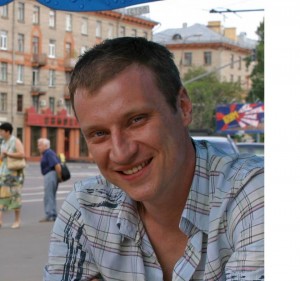
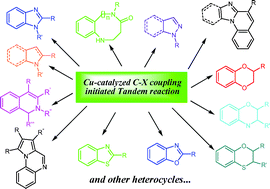


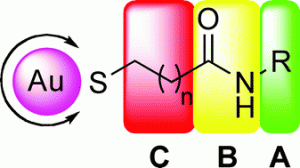
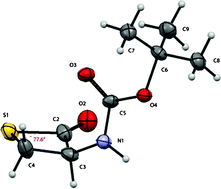
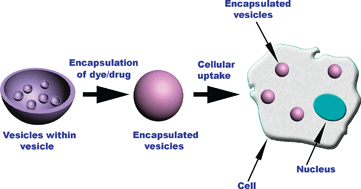
![CoverIssue[4]](https://blogs.rsc.org/ob/files/2011/09/CoverIssue4.gif)